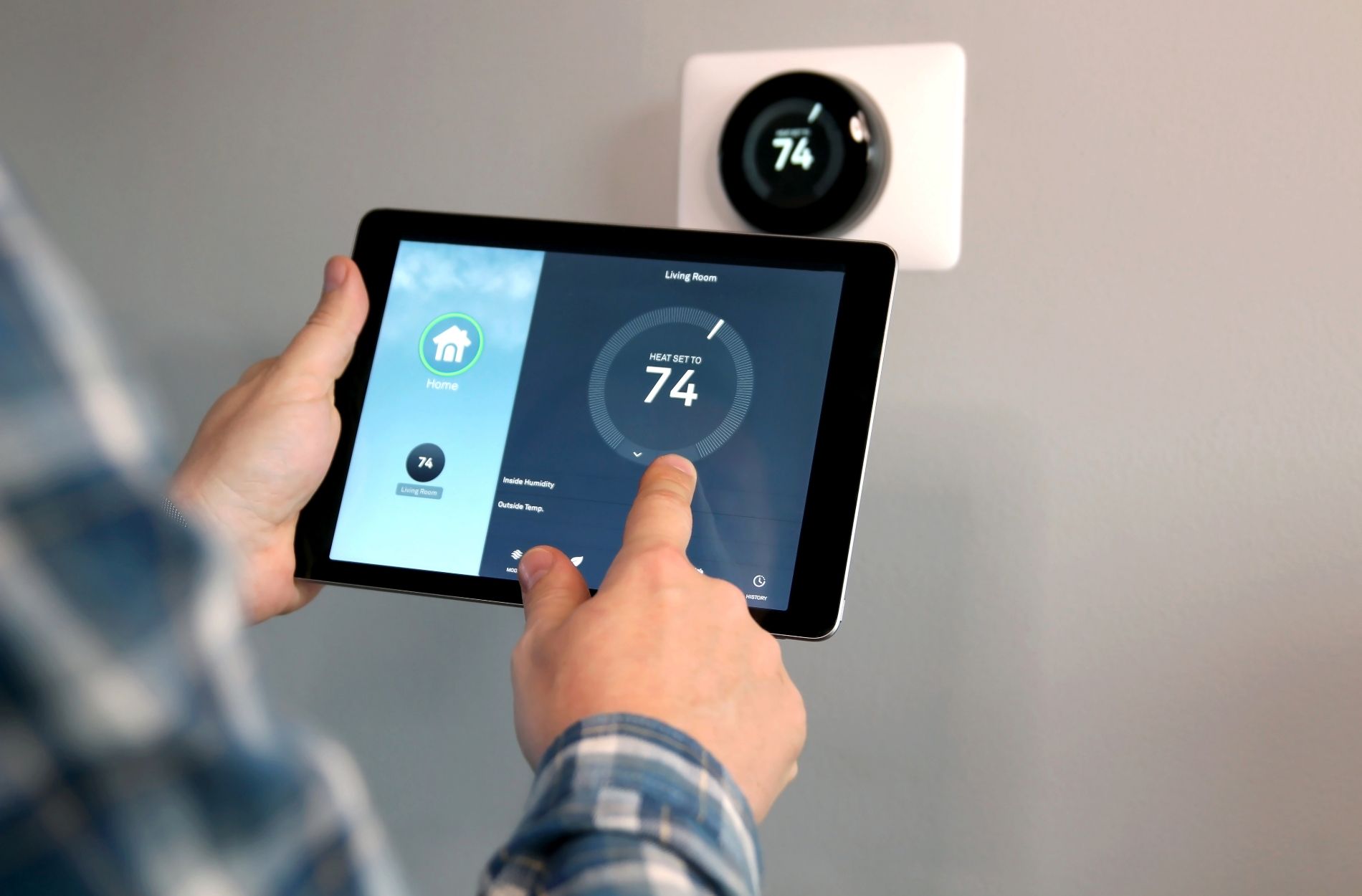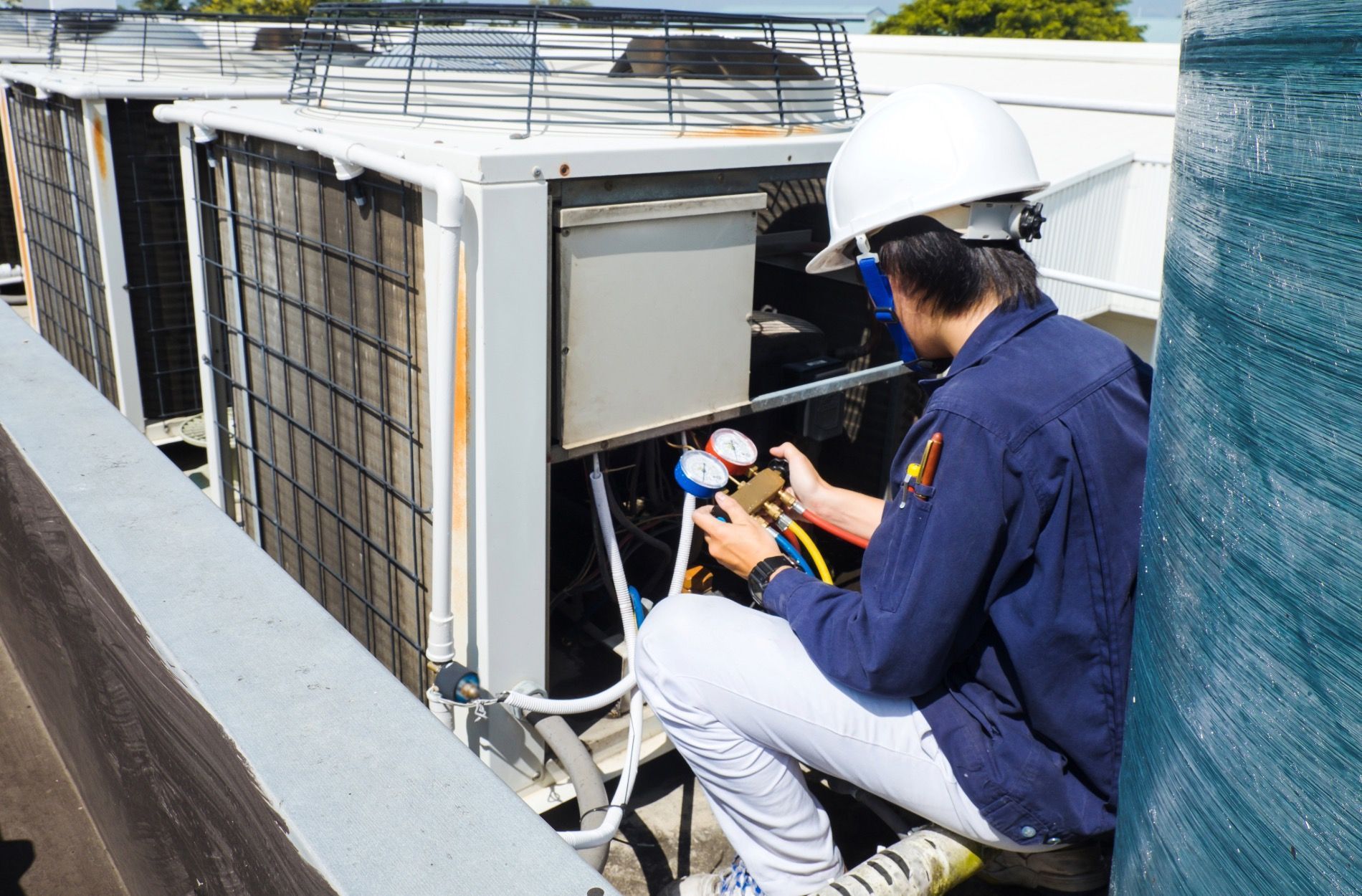Optimizing Your Home Comfort: the Role of Well-Designed Ductwork
A well-functioning and energy-efficient HVAC system is crucial for maintaining your home's comfort. While many homeowners understand the importance of choosing high-quality heating and cooling equipment, a crucial aspect that's often overlooked is the design and installation of effective ductwork. The ductwork in your home serves as the pathway for conditioned air to be distributed evenly throughout your living spaces, ensuring proper temperature and humidity control. However, poorly designed or improper installation of ductwork can lead to several issues, including uneven temperatures, energy inefficiency, higher utility bills, and decreased equipment lifespan.
In this post, we will delve into the importance of proper ductwork design and installation for maintaining a high-performing and energy-efficient HVAC system. We will also discuss common signs of problematic ductwork and offer expert tips on how to ensure an optimal ducting setup in your home. At Anytime Heating & Air, our team of experienced technicians understands the essential role that quality ductwork plays in your home's HVAC system, and we are committed to helping you make informed decisions regarding the design, installation, and maintenance of your ducts to create a more comfortable and energy-efficient home.
Key Elements of Effective Ductwork Design
The design and installation of your home's ductwork play a significant role in the overall performance of your HVAC system. To ensure optimal heating and cooling distribution, consider the following key elements of effective ductwork design:
1. Proper sizing: Correctly sizing the ducts is crucial to prevent pressure imbalances and air velocity issues. Undersized ducts can lead to inadequate airflow and insufficient conditioning, while oversized ducts can cause excessive noise and energy waste. Both scenarios can result in uncomfortable indoor environments and decreased system efficiency.
2. Optimal layout: The ductwork layout should be designed with the shortest and most direct pathways to each room. This reduces the likelihood of heat loss or gain through the duct system, as well as ensures the efficient delivery of conditioned air.
3. Sealed connections: Ensuring tight, sealed connections between duct sections is essential to prevent air leakage. Air leaks can result in reduced system efficiency, uneven temperatures, and increased energy consumption.
4. Proper insulation: Insulating ducts, particularly in unconditioned spaces such as attics or crawlspaces, is crucial to minimize heat transfer and maintain optimal temperatures within the duct system, preventing energy losses and promoting system efficiency.
Common Signs of Problematic Ductwork
Detecting problematic ductwork in your home can sometimes be challenging, as ducts are often hidden within walls, ceilings, or other concealed spaces. However, identifying and addressing ductwork issues is essential for your home's overall comfort and energy efficiency. Pay attention to the following signs that may indicate problems with your ductwork:
1. Uneven temperatures: If you notice that certain rooms in your home are consistently too hot or too cold, this could be a sign of unbalanced ductwork or air leaks.
2. Excessive noise: Noisy airflow can indicate improperly sized ducts or loose connections, which can impact system efficiency and comfort levels.
3. High energy bills: If your home's energy bills are consistently higher than expected without any other obvious causes, it might be time to evaluate your ductwork for inefficiencies, leaks, or design issues.
4. Dust accumulation: Excessive dust in your home can be a sign of leaky ducts, pulling dust and debris from unconditioned spaces into your living areas.
Expert Tips for Ensuring Optimal Ductwork Design and Installation
To guarantee a well-designed ductwork system that effectively supports your home's HVAC performance and energy efficiency, consider the following expert tips:
1. Consult with professionals: Work with experienced and reputable HVAC professionals, such as Anytime Heating & Air, to design, install, and maintain your ductwork system. An expert technician will ensure that all elements of your ductwork design are optimized for your specific home layout and HVAC system requirements.
2. Regular inspections: Schedule regular ductwork inspections to identify any potential issues, such as air leaks or insulation gaps, that could impact your system's efficiency. By catching and addressing these concerns early, you can avoid more significant problems and maintain long-term system performance.
3. Balance airflow: Properly balance the airflow within your duct system by adjusting dampers or installing balancing devices, such as grilles with adjustable louvers. Balancing airflow ensures that conditioned air is evenly distributed throughout your home, promoting consistent comfort levels.
4. Maintain clean ducts: Over time, dust and debris can accumulate within your ducts, reducing airflow and causing potential indoor air quality issues. Regular duct cleaning is essential to maintain system efficiency and promote a healthier indoor environment.
Conclusion
Understanding the critical role that proper ductwork design and installation play in your home's HVAC system performance is essential for maintaining comfort levels, energy efficiency, and equipment longevity. By paying close attention to the key elements of effective ductwork design, monitoring for signs of problematic ducts, and following expert tips for ensuring optimal ductwork performance, you can create a more comfortable and energy-efficient home.
At Anytime Heating & Air, our experienced technicians are committed to delivering high-quality HVAC services to our community, including expert ductwork design, installation, and maintenance. Trust our team to help you create and maintain an optimal duct system that supports your home's heating and cooling needs for years to come. Contact us today for expert
HVAC ductwork in Owensboro!


